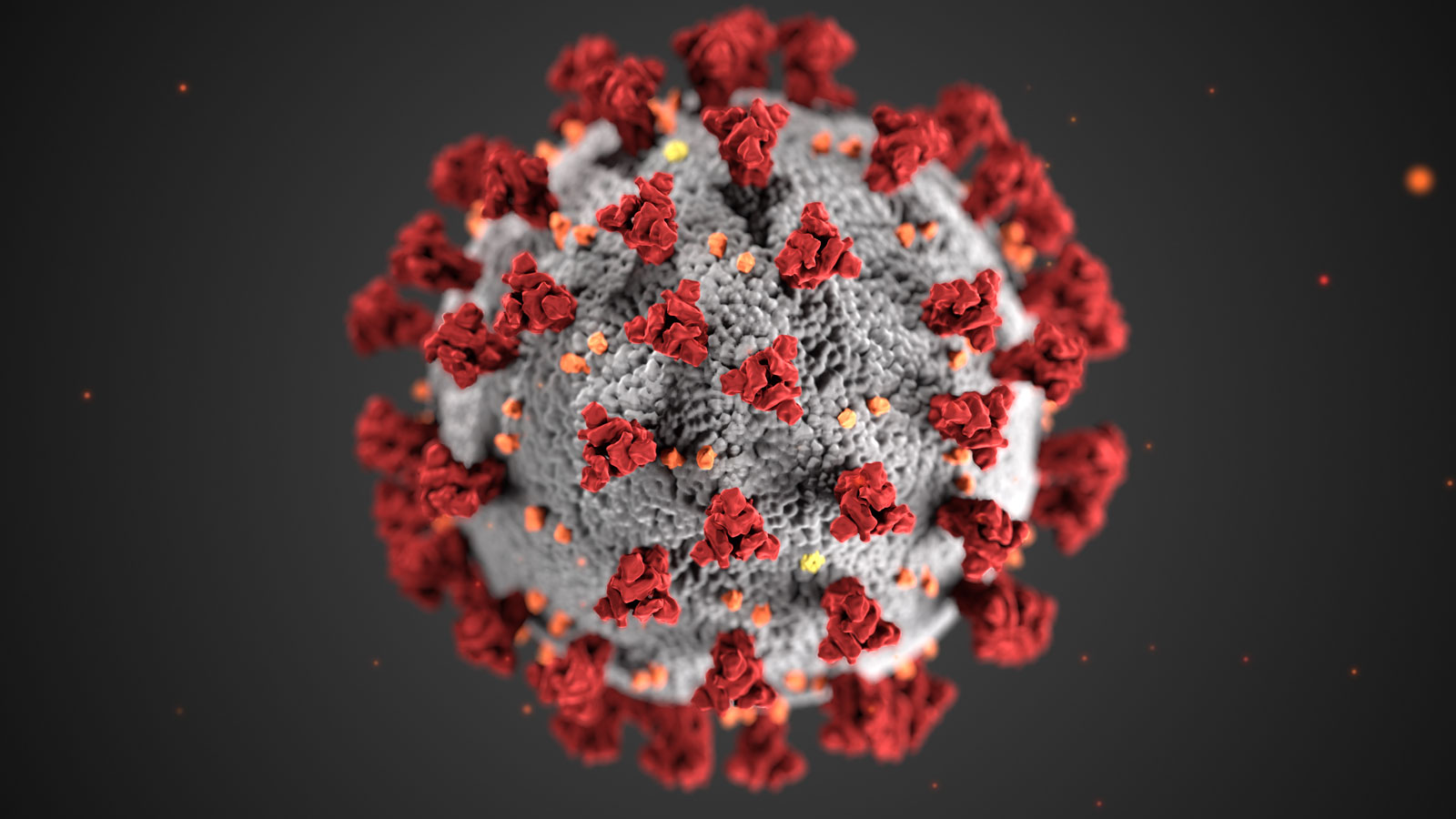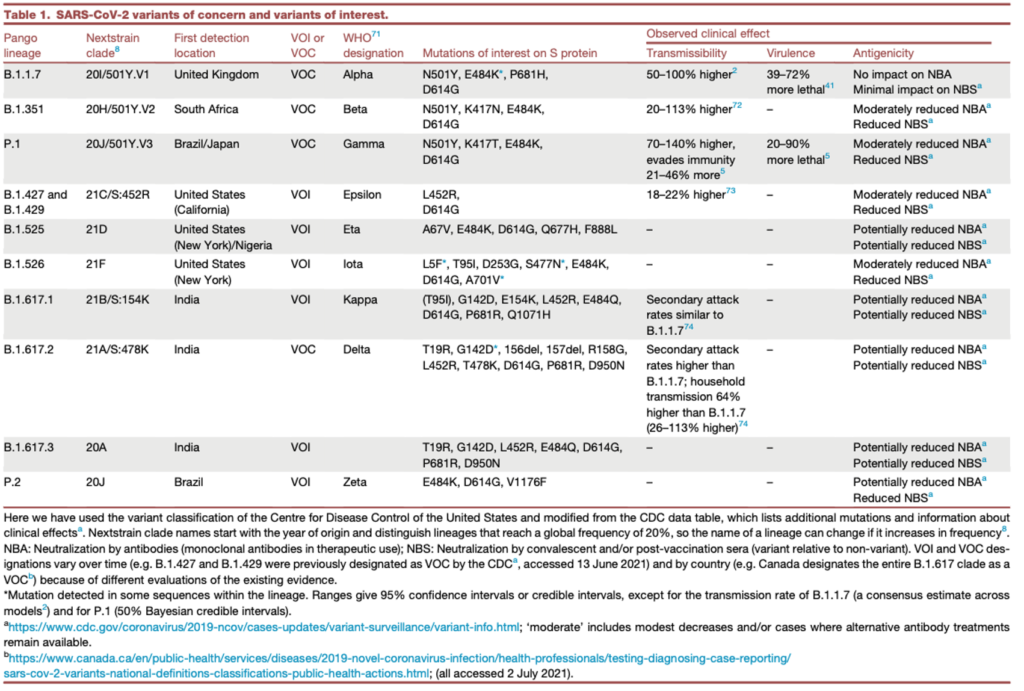
The COVID-19 pandemic has been ongoing for nearly 1.5 years due to a lack of ability to get the virus under control. Though vaccines have been developed and are being distributed, there remains a concern over the variety of SARS-CoV-2 variants emerging. In December of 2020, the B.1.1.7 variant (alpha) appeared and was recorded with significant mutations with a 50 to 100% increase in the rate of transmission.
All virus genomes mutate with time. The amount that a viral genome mutates is determined by the mutation rate and how these mutations affect the virus’s relationship with the host. Depending on this, transmission rates and disease prevalence are also impacted by the variants.
The more a virus replicates in an individual, the more opportunity it has to mutate and create a new variant. Immunocompromised individuals have been recorded to have more viral mutations as it is easier for a virus to sustain a high viral load over an extended period. Therefore, as the virus replicates, it has more chances to have substitution mutations. There are three variants of concern (VOCs), B.1.1.7 (alpha), P.1 (gamma), and B.1.351 (beta) in addition to the ongoing B.1.617.2 (delta) variant. Public Health England has reported that the alpha variant is likely to have started in an immunocompromised patient.

For a variant to become widespread, it must leave an infected individual and be capable of infecting others. It also depends on the transmissibility of the variant within the population. There is an ‘80/20 rule’ where 80% of novel infections are considered to be generated from 20% of cases.
Approximately 17% of COVID-positive individuals never have symptoms and are considered ‘asymptomatic’, but they can still infect other people with a 42% low transmission ability. About 50% of symptomatic COVID positive individuals transmit the virus when they are pre-symptomatic. Otto et al. (2021) estimate that the delta variant is now 64% more transmissible than the alpha variant.
Though many individuals have now been infected by SARS-CoV-2 and recovered and/or have been immunized, there is an increased chance for variants to evolve that can ‘ignore’ these ‘protected’ people. The variants will only strengthen, but this will take time. VOCs must be detected early so that the spread of the variants can be controlled. Therefore, it is essential that as countries reopen and relax COVID control rules, rapid testing continues along with environmental sampling. In a world of globalization, it is also vital that testing is completed during all points in an individual’s travel, as that is the key to how many variants have been able to spread so rapidly.
References
Otto, S. P., Day, T., Arino, J., Colijn, C., Dushoff, J., Li, M., Mechai, S., Van Domselaar, G., Wu, J., Earn, D. J. D., & Ogden, N.H. (2021). The origins and potential future of SARS-CoV-2 variants of concern in the evolving COVID-19 pandemic. Current Biology.
